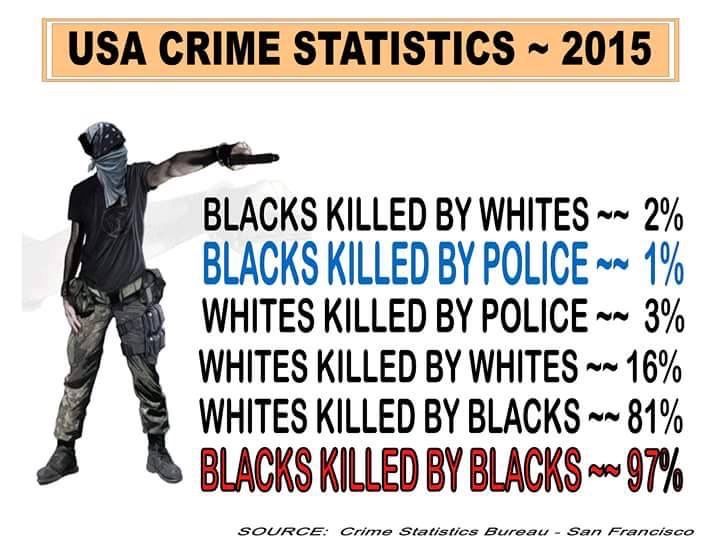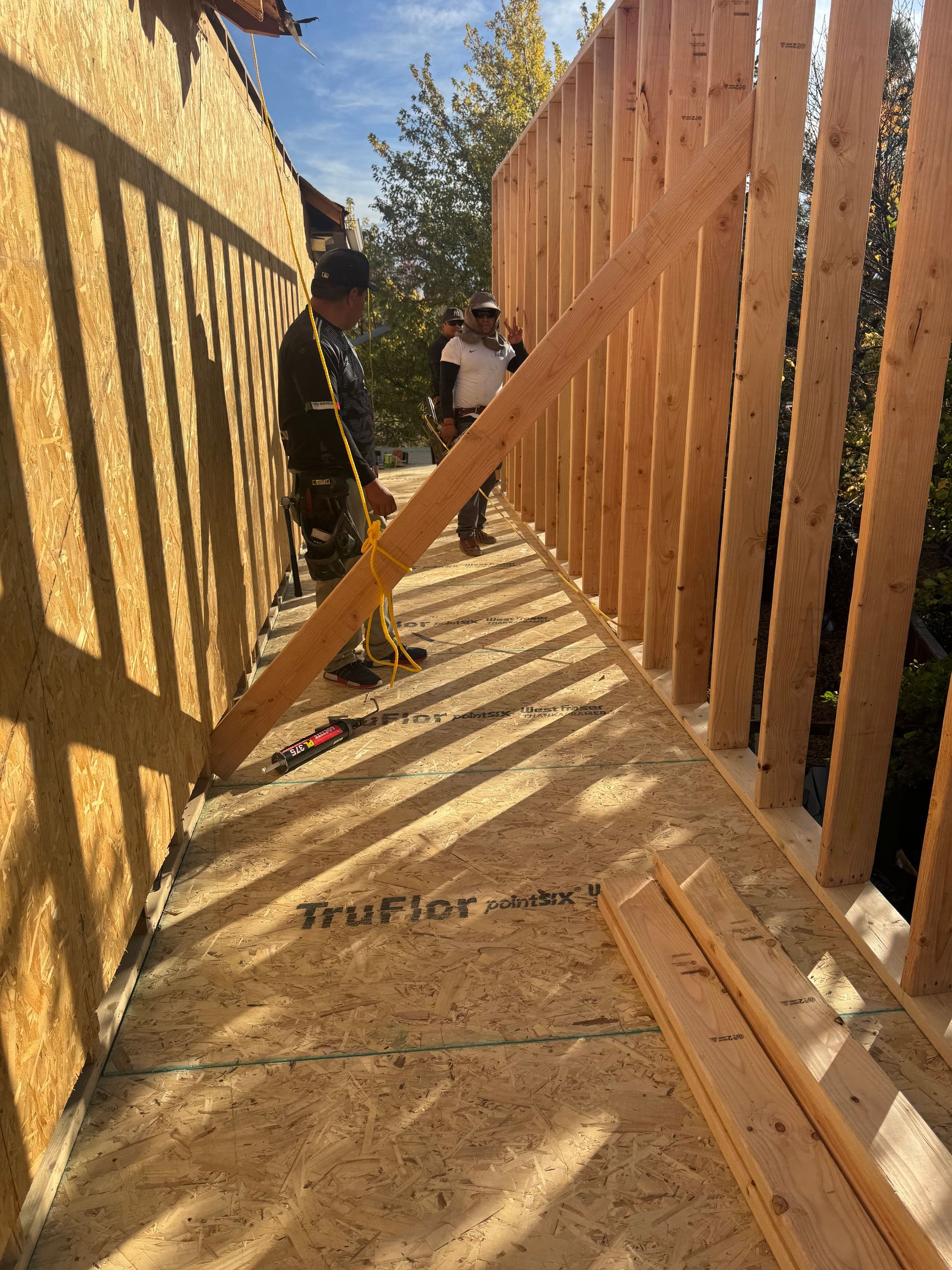The Hard Numbers on Homicide: Why Statistics Aren’t Evenly Distributed
Why Removing Black Homicide Data Changes the National Picture Entirely

America’s homicide problem is often presented as though it’s a national epidemic affecting everyone equally. Politicians, activists, and media outlets love to throw around broad phrases like “gun violence in America” or “our rising homicide rates,” as if the issue is spread evenly across all demographics. The truth? It isn’t.
If you remove Black homicide statistics from the data, the picture changes so drastically that it becomes statistically significant. In plain English: homicide in America is not evenly distributed across groups — it’s concentrated in specific demographics and environments.
What the Numbers Show
- Nationally, Black Americans make up about 13–14% of the population, yet they consistently account for 50% or more of both homicide offenders and victims.
- In Arkansas, for example, Black residents are roughly 15% of the state’s population but account for over 60% of homicide victims. Without that group’s homicide numbers, the state’s homicide rate would plummet by more than half.
- In California, where Black residents make up only 6% of the population, they still account for nearly 30% of homicide arrestees.
These aren’t rounding errors. They’re massive disparities that dominate the data.
The Intraracial Factor
It’s not a mystery why the numbers look this way. The Department of Justice has long shown that homicide is intraracial:
- About 90% of Black victims are killed by Black offenders.
- About 80%+ of White victims are killed by White offenders.
This means the high Black homicide rate is largely internal — driven by concentrated environments of poverty, gang activity, drug markets, and fractured communities.
Why This Is Statistically Significant
If you remove Black homicide numbers:
- The national homicide rate drops to levels closer to Western Europe, where homicide is far less common.
- States like Arkansas or Illinois suddenly look much safer on paper.
- The “American homicide crisis” isn’t universal — it’s disproportionately concentrated in urban Black communities.
That’s not an opinion. That’s the math.
The Bottom Line
Homicide in America isn’t a problem spread evenly across every race, region, or class. It is overwhelmingly concentrated in specific demographics and environments. Pretending otherwise distorts reality and prevents us from addressing the issue where it actually exists.
Acknowledging the statistical reality isn’t about blame — it’s about honesty. If policymakers and activists want real solutions, they need to stop treating homicide like a blanket national problem and start confronting the fact that it’s a concentrated one.
Why This Matters
Policies built on averages mislead. When homicide is concentrated, solutions must be targeted — whether through community investment, policing strategies, or addressing the cycles of violence unique to certain environments. Until then, the numbers will keep telling the same story: eliminate the Black homicide data, and America looks like a different country.
References
California Department of Justice. (2024). Homicide in California, 2023. California Department of Justice. https://data-openjustice.doj.ca.gov/sites/default/files/2024-07/Homicide%20In%20CA%202023f.pdf
Federal Bureau of Investigation. (2019). Uniform Crime Reporting (UCR) Program: Expanded homicide data table 6. U.S. Department of Justice. Retrieved from https://ucr.fbi.gov/crime-in-the-u.s
Reuters. (2020, July 22). Fact check: False data on U.S. racial murder rates. Reuters. https://www.reuters.com/article/world/fact-check-false-data-on-us-racial-murder-rates-idUSKCN24I29S
U.S. Census Bureau. (2023). QuickFacts: United States; Arkansas; California. U.S. Department of Commerce. https://www.census.gov/quickfacts
Ujima, Inc., The National Center on Violence Against Women in the Black Community. (2024). Black homicide victimization in the United States: An analysis of 2022 homicide data. Violence Policy Center. https://ujimacommunity.org/wp-content/uploads/blackhomicide24-1.pdf
Violence Policy Center. (2020). Black homicide victimization in the United States: An analysis of 2017 homicide data. Violence Policy Center. https://vpc.org/studies/blackhomicide19.pdf
Wikipedia contributors. (2024, June 25). Race and crime in the United States. In Wikipedia. https://en.wikipedia.org/wiki/Race_and_crime_in_the_United_States
Disclaimer:
The views expressed in this post are opinions of the author for educational and commentary purposes only. They are not statements of fact about any individual or organization, and should not be construed as legal, medical, or financial advice. References to public figures and institutions are based on publicly available sources cited in the article. Any resemblance beyond these references is coincidental.











